Comentarios / Preguntas (27)
![]() María Gonzalez escribió:
María Gonzalez escribió:
"Comenzar en el 4º punto bajo y trabajar a partir de la 3ª vuelta de los diagramas de la manera siguiente: Trabajar A.2a en el punto bajo..." me quedé aauí porque no se como identificar ese 4to punto bajo, desde donde se empieza a contar? con el video me fue muy bien y entiendo basicamente el gráfico pero esto no lo entendí, gracias por su ayuda
25.10.2020 - 20:45DROPS Design respondió:
Hola Maria! Debes contar el 4º punto bajo antes de la esquina (hay 3 arcos de cadenas antes de la esquina) y comenzar aqui. Buen trabajo!
19.11.2020 - 09:16
![]() Sharon Beck escribió:
Sharon Beck escribió:
I have written out the instructions for this pattern. Would you be willing to publish them on your website? I see that several people have requested them.
05.06.2020 - 00:40DROPS Design respondió:
Dear Mrs Beck, thanks for your feedback, there are already 2 videos to this pattern so that it is very easy to follow them. Happy crocheting!
05.06.2020 - 12:01
![]() Deborah Baxter escribió:
Deborah Baxter escribió:
Is there a written pattern somewhere? I don’t understand diagrams. It’s a beautiful blanket and I would love to crochet this but unfortunately diagrams aren’t my thing. I think there’s probably a lot of people who don’t understand diagrams.
28.06.2019 - 18:10DROPS Design respondió:
Dear Deborah, unfortunately we cannot accomondate every wish about pattern writing. Our patterns are available in many languages, and we found the best way to give the pattern to everyone in chart forms. Charts do have their advantages, you can see not only a row (and what comes right after a stitch), but you can also see the relations of stitches to each other, and how rows should follow one another. It is not that difficult to memorize the explanation of the stitches (after a few repeats the mind remembers almost automatically). If you are still stuck, remember, you can always ask for help in person in the store where you bought your DROPS yarn from. Happy Crafting!
28.06.2019 - 21:25
![]() Sarah escribió:
Sarah escribió:
Het derde symbool werd verkeerd vertaald vanuit het Engels: " 1 double crochet around chain stitch space/between 2 trebles". Dit werd vertaald naar halve vaste, maar moet een vaste zijn rond de lossenlus. Ook in het filmpje is te zien dat de persoon een vaste haakt....
30.04.2019 - 14:09
![]() Olga Jaén Pareja escribió:
Olga Jaén Pareja escribió:
Ustedes dicen que la lana que hay que utilizar es una del grupo C, pero luego indican utilizar una aguja del 3,5mm. ¿Es correcto esto?
30.03.2019 - 12:55DROPS Design respondió:
Hola Olga. Lo importante es la tensión del tejido, en este caso 18 puntos altos x 10.5 filas = 10 cm x 10 cm. El tamaño de la aguja es orientativo.
02.04.2019 - 14:56
![]() Diane escribió:
Diane escribió:
I've been crocheting for several decades, and I have no issues reading standard charts, but the instructions here are about as incomprehensible as they come and very confusing. As far as I can tell, round 1 ring is 4 chains, but then what? What stitches and how many in the ring?? If I can't even get it started, then I may just have to find another pattern, this is a Christmas project, I don't have a lot of time to waste deciphering this :-/ Thanks
08.10.2017 - 22:26DROPS Design respondió:
Dear Diane, after the initial circle made from 4 chain stitch, and closed with a slip stitch, you do 3 treble (UK)/ double (US) (this is ahown in A.1a). [*Then two treble (UK) / double (US) crocheted together, 2 chain stitch.* Repeat *-* one more time (this is A.1b)]. Then repeat [-] 4 times, then close the round with a lip stitch. And so on. A.1 only shows the stitches that are used in order to raise the row to the next level. A1.b is repeated 4 times in the round. I hope this helps. Happy Crocheting!
08.10.2017 - 23:09
![]() Kathleen escribió:
Kathleen escribió:
The diagrams are fine as far as they go, however they don't go nearly far enough. In fact, after following the first snippet of diagram shown, it's nearly impossible to figure out where you are. Those who are having problems with the diagrams (and I've followed diagrams for years), it's not you, it's the creator of the diagram.
26.03.2017 - 17:00DROPS Design respondió:
Dear kathleen, in A.1 you just repeat 4 times A.1b in the round, in A.2a-A.2c work A.2b along the sides and A.2c in the corner, A.2a is only showing how to start/finish the round. Happy crocheting!
27.03.2017 - 10:17
![]() Michelle Achee escribió:
Michelle Achee escribió:
Is there a written pattern for this? I bought the wool thinking it would have a regular written pattern, but all I see is a diagram which I cannot understand. Very frustrated.
22.02.2017 - 20:32DROPS Design respondió:
Dear Mrs Achee, there is only diagram to this pattern, each symbol is matching a st/group of sts and is explaining under diagram text. For any further personnal assistance you are welcome to contact the DROPS store where you bought your yarn, they would be able to assist you, even per mail or telephone. Happy crocheting!
23.02.2017 - 09:51
![]() Naty Gagnon escribió:
Naty Gagnon escribió:
Merci, pas nécessairement en vidéo mais comme le tutoriel de drops children 24-6, tour par tour par écrit pas en diagramme. Merci.
30.01.2017 - 19:54
![]() Naty Gagnon escribió:
Naty Gagnon escribió:
Bonjour, je viens de commencer ce modèle et j'ai un peu de difficulté avec les diagrammes, auriez-vous les explications tour après tour comme pour le patron DROPS children 24-6 (Lovely Lily) que j'ai réussi avec succès. En passant votre site est merveilleux.
30.01.2017 - 03:46DROPS Design respondió:
Bonjour Mme Gagnon, votre demande a bien été enregistrée, en attendant la vidéo, vous pouvez suivre le diagramme en vérifiant bien la légende de chaque symbole: A.1a = début/fin de chaque tour, A.1b = à répéter pour former le carré. Bon crochet!
30.01.2017 - 12:08
Orient Dream#orientdreamblanket |
|||||||||||||||||||||||||||||||||||||||||||||||||
 |
 |
||||||||||||||||||||||||||||||||||||||||||||||||
Frazada con cuadrados en ganchillo y patrón de calados en DROPS Paris.
DROPS 175-10 |
|||||||||||||||||||||||||||||||||||||||||||||||||
|
PATRÓN: Ver diagramas A.1 y A.2. ----------------------------------------------------- FRAZADA: Trabajar 6 cuadrados en ganchillo y unirlos en ganchillo antes de trabajar una orilla alrededor de toda la frazada. CUADRADO EN GANCHILLO: Comenzar con aguja de ganchillo tamaño 3.5 mm y albaricoque y trabajar el patrón de acuerdo al diagrama A.1b 4 veces en total en la vuelta – el diagrama A.1a muestra cómo comienza y termina la vuelta y se trabaja además de A.1b. RECORDARSE DE MANTENER LA MISMA TENSIÓN DE LA MUESTRA! Cuando se han trabajado los diagramas A.1a y A.1b completos verticalmente, el cuadrado mide aprox 24 x 24 cm. Cortar el hilo. Comenzar en el 4º punto bajo antes de una esquina y trabajar a partir de la 3ª vuelta de los diagramas de la manera siguiente: Trabajar A.2a en el punto bajo (A.2a muestra cómo comienza y termina la vuelta), trabajar A.2b sobre los primeros 3 arcos de cadenas, * trabajar A.2c (= esquina), trabajar A.2b sobre los 9 arcos de cadenas siguientes (= 3 repeticiones) *, repetir de *a* 2 veces más, trabajar A.2c en la esquina y terminar con A.2b sobre los 6 arcos de cadenas restantes (= 2 repeticiones) en la vuelta. Cuando se ha trabajado la última vuelta de los diagramas A.2a a A.2c, cortar y asegurar el hilo. El cuadrado mide aprox 39 x 39 cm. Trabajar otros 5 cuadrados en ganchillo de la misma manera = 6 cuadrados en ganchillo en total. ENSAMBLAJE: Ahora ensamblar los 6 cuadrados uniéndolos a través de ambas capas con albaricoque de la manera siguiente: Colocar 2 cuadrados en ganchillo lado revés contra lado revés, fijar el hilo con 1 punto bajo alrededor del arco de cadenas en una esquina, * trabajar 1 punto bajo a través de ambas capas en el punto alto siguiente, 2 puntos de cadena, saltar 1 punto alto *, repetir de *a* hasta que todo el lado esté trabajado, trabajar 1 punto bajo alrededor del arco de cadenas. Repetir en los otros cuadrados de modo que haya 2 tiras con 3 cuadrados de largo. Después unir las 2 tiras para obtener 2 cuadrados de ancho y 3 cuadrados de largo. Ver esquema de medidas. ORILLA: Trabajar una orilla alrededor de toda la pieza con frambuesa. Comenzar con 1 punto bajo alrededor del arco de cadenas en una esquina y trabajar a partir de la 2ª vuelta de los diagramas de la manera siguiente: NOTA: En la 2ª vuelta de los diagramas, trabajar 1 punto bajo en la transición entre 2 cuadrados (es decir, a nivel de donde fueron unidos) en vez de trabajar 1 punto bajo alrededor del arco de cadenas de las esquinas en cada uno de los cuadrados. Hay, entonces, 15 arcos de cadenas a lo largo de cada uno de los lados de los cuadrados. Trabajar A.2a (muestra cómo comienza y termina la vuelta) * trabajar A.2b hasta las esquina siguiente de la frazada, trabajar A.2c (= esquina) *, repetir de *a* 3 veces más. Cuando todas las vueltas en A.2a–A.2c estén hechas verticalmente, cortar y asegurar el hilo. |
|||||||||||||||||||||||||||||||||||||||||||||||||
Explicaciones del diagrama |
|||||||||||||||||||||||||||||||||||||||||||||||||
|
|||||||||||||||||||||||||||||||||||||||||||||||||
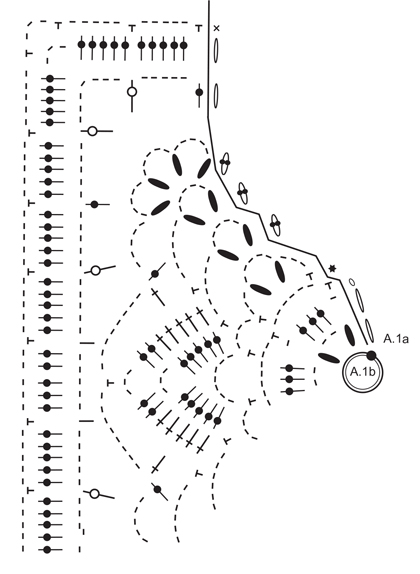 |
|||||||||||||||||||||||||||||||||||||||||||||||||
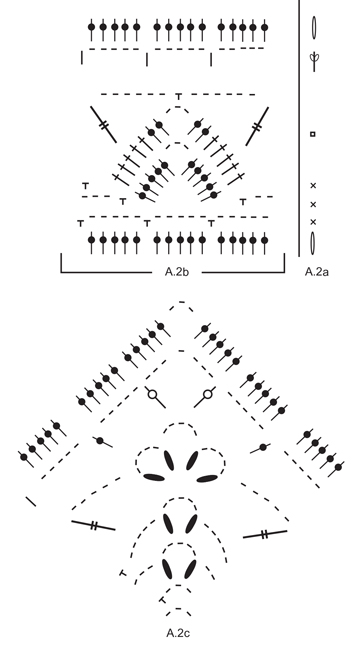 |
|||||||||||||||||||||||||||||||||||||||||||||||||
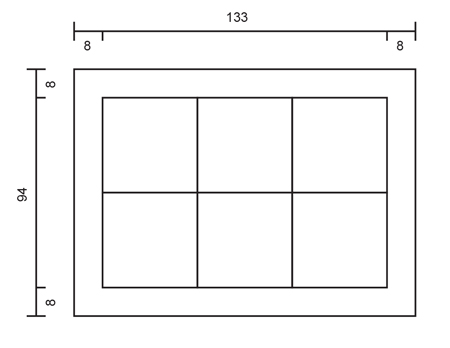 |
|||||||||||||||||||||||||||||||||||||||||||||||||
¿Terminaste este patrón?Entonces, etiqueta tus fotos con #dropspattern #orientdreamblanket o envíalas a la galería #dropsfan. ¿Necesitas ayuda con este patrón?Encontrarás 12 videos tutoriales, un espacio para comentarios/preguntas y más visitando la página del patrón en garnstudio.com © 1982-2025 DROPS Design A/S. Todos los derechos reservados. Este documento, incluyendo todas sus sub-secciones, está protegido por los derechos de autor (copyright). Lee más acerca de lo que puedes hacer con nuestros patrones en la parte de abajo de cada patrón de nuestro sitio. |
|||||||||||||||||||||||||||||||||||||||||||||||||








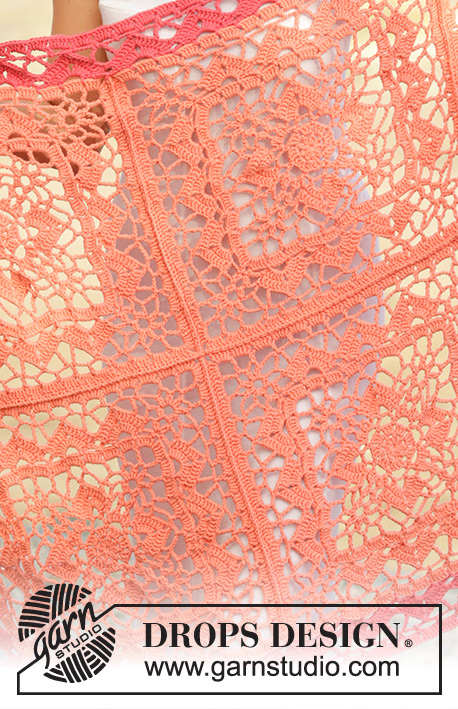
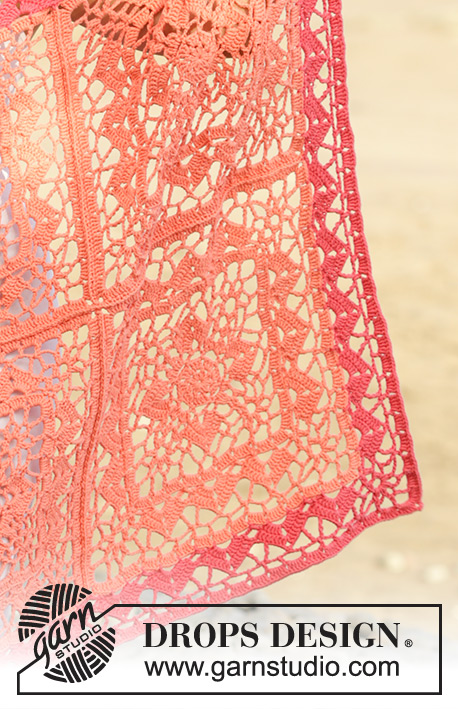
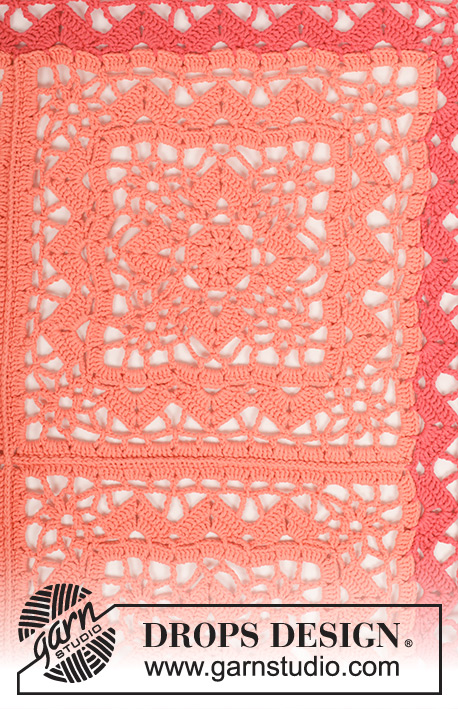



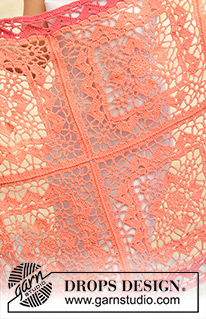
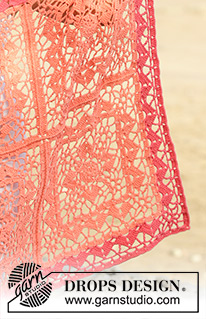







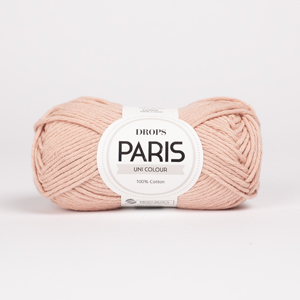
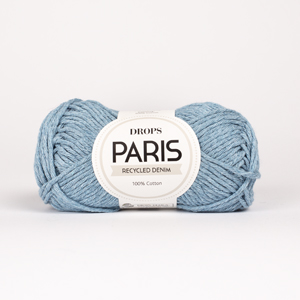


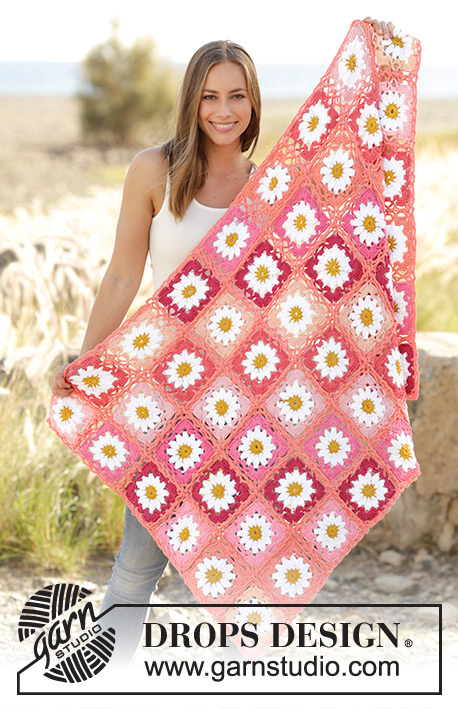





























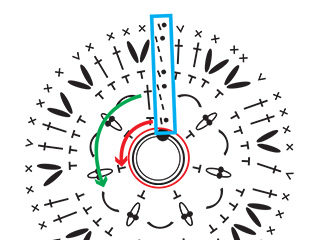



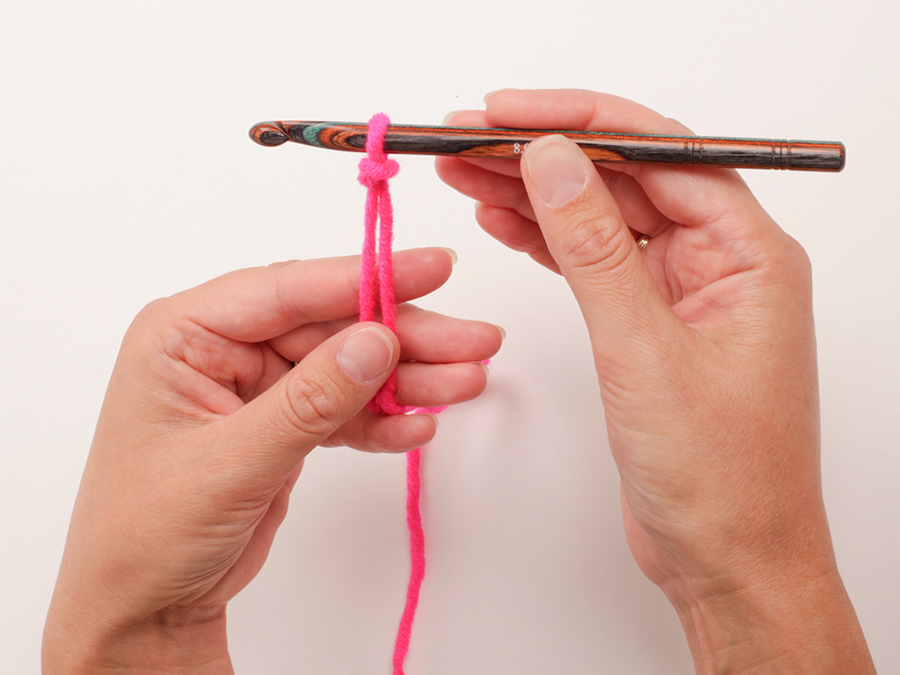

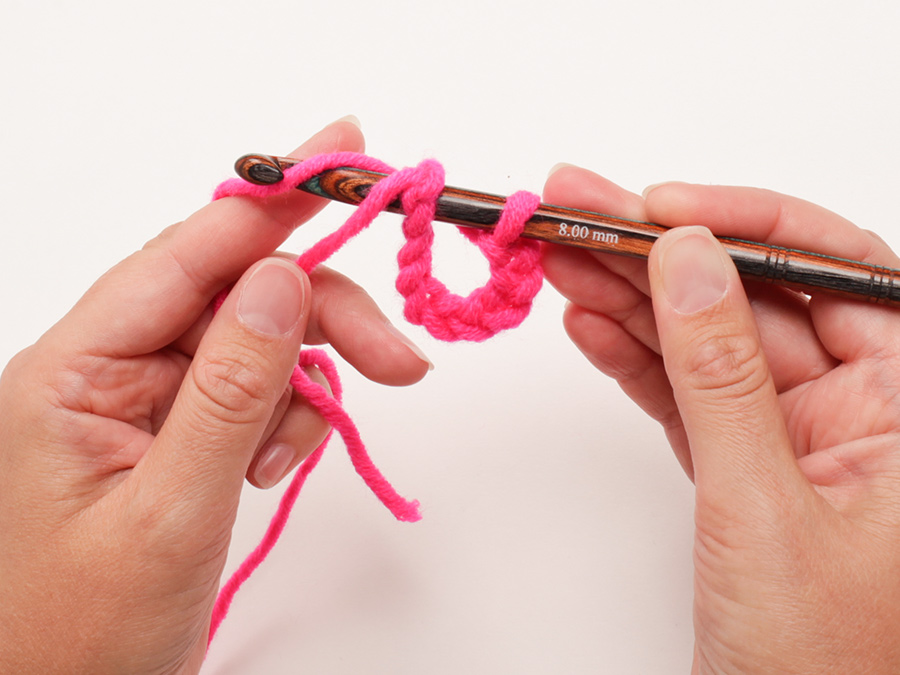
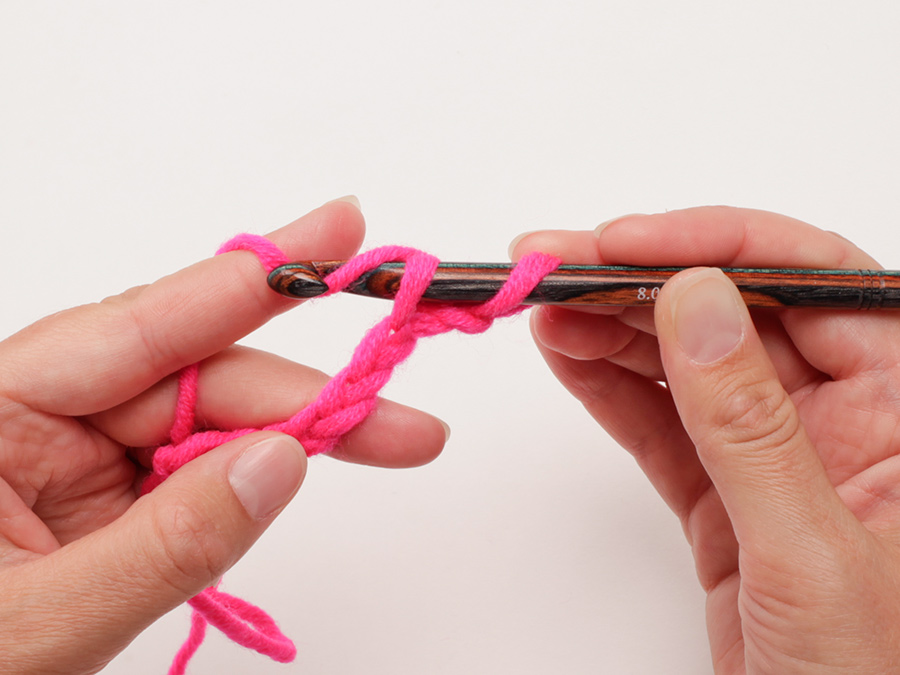
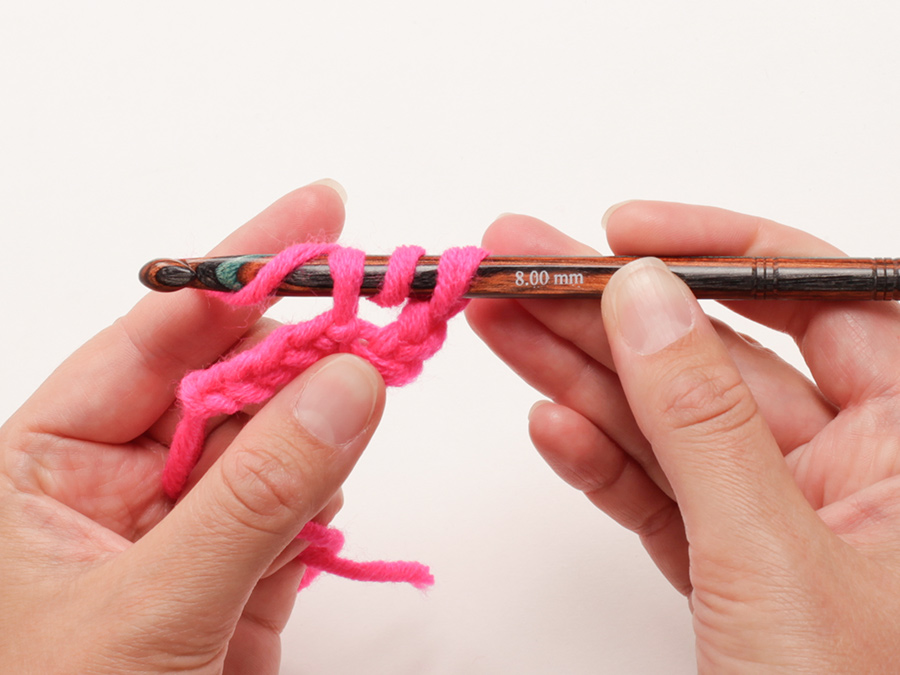
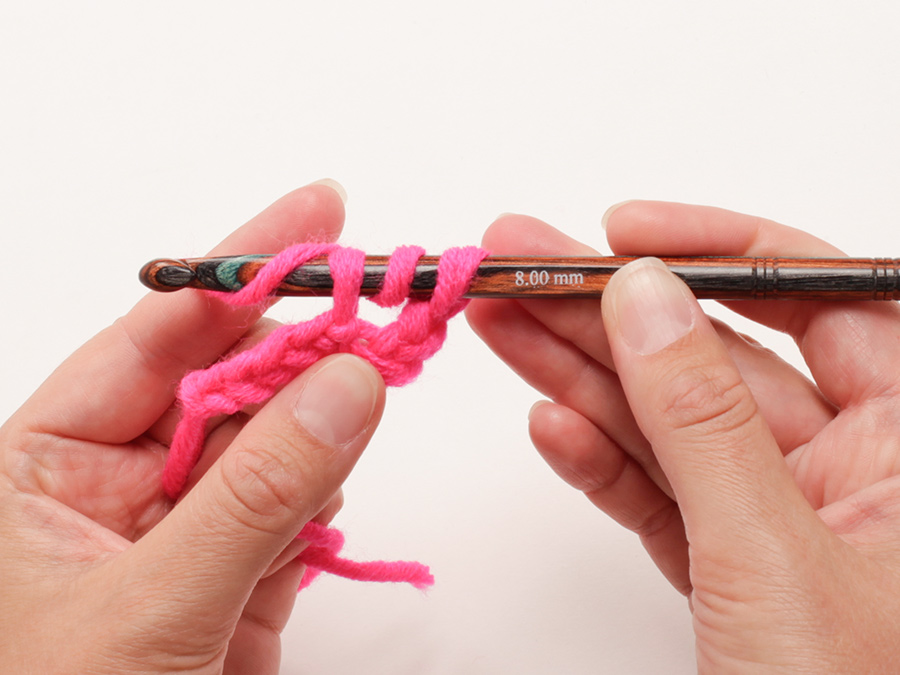

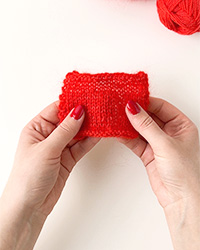




Escribe un comentario sobre DROPS 175-10
¡Nos encantaría saber qué piensas acerca de este patrón!
Si quieres escribir una pregunta referente al patrón, por favor asegúrate de elegir la categoría correcta en el formulario debajo, para acelerar el proceso de respuesta. Los campos obligatorios están marcados con un *.